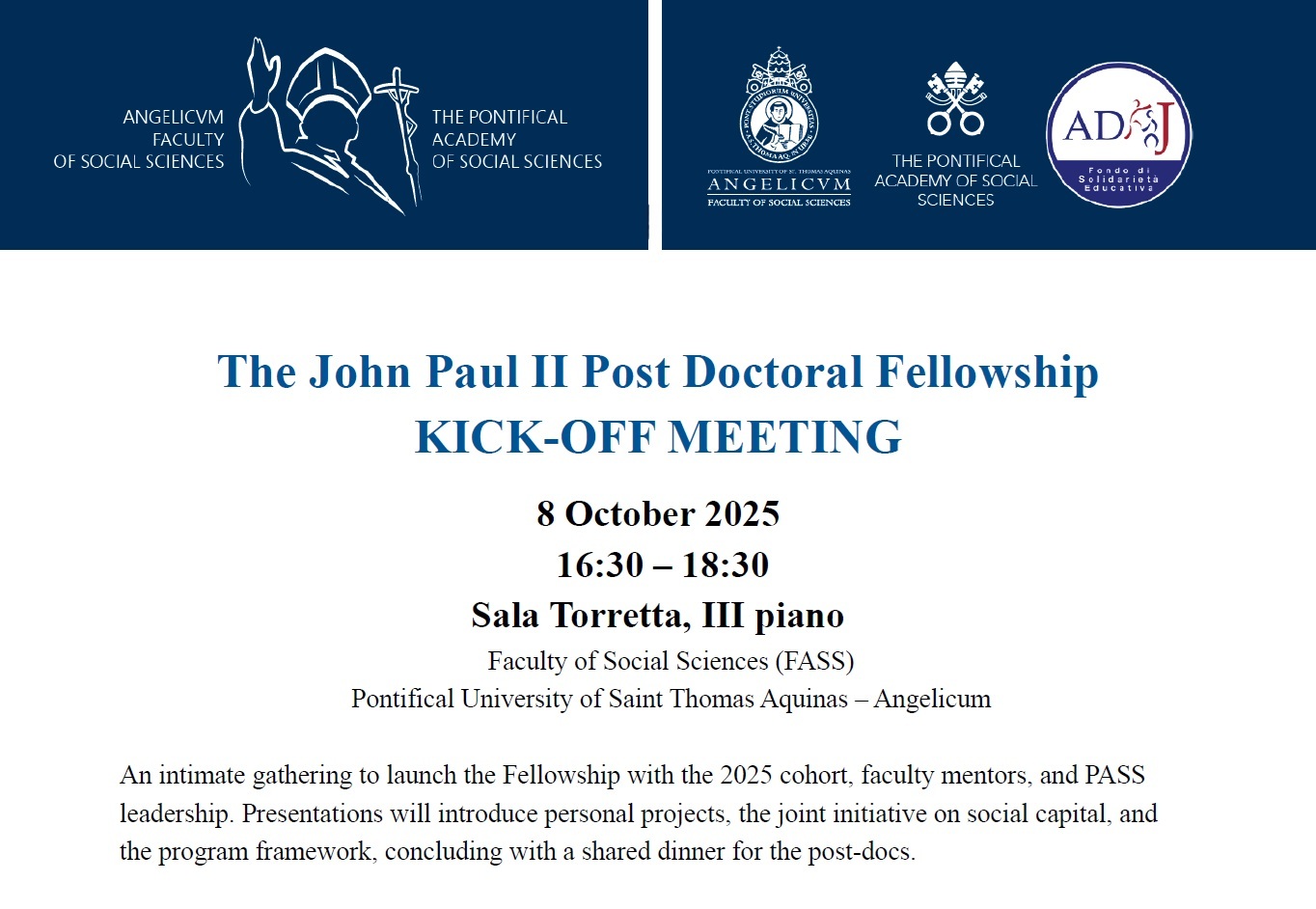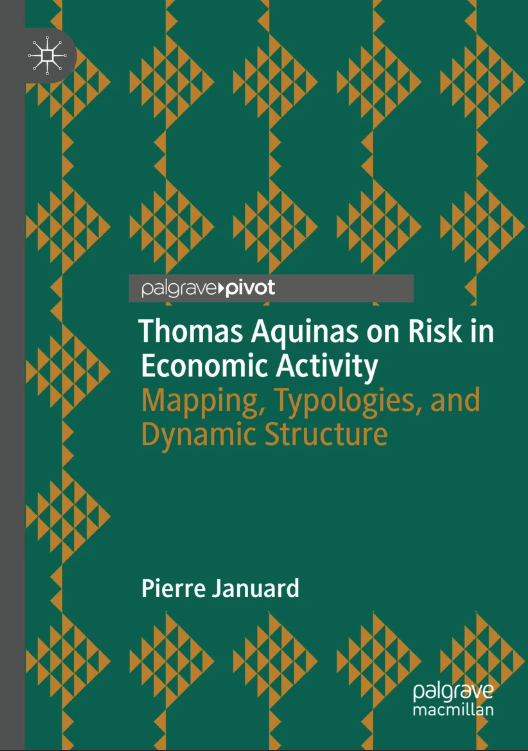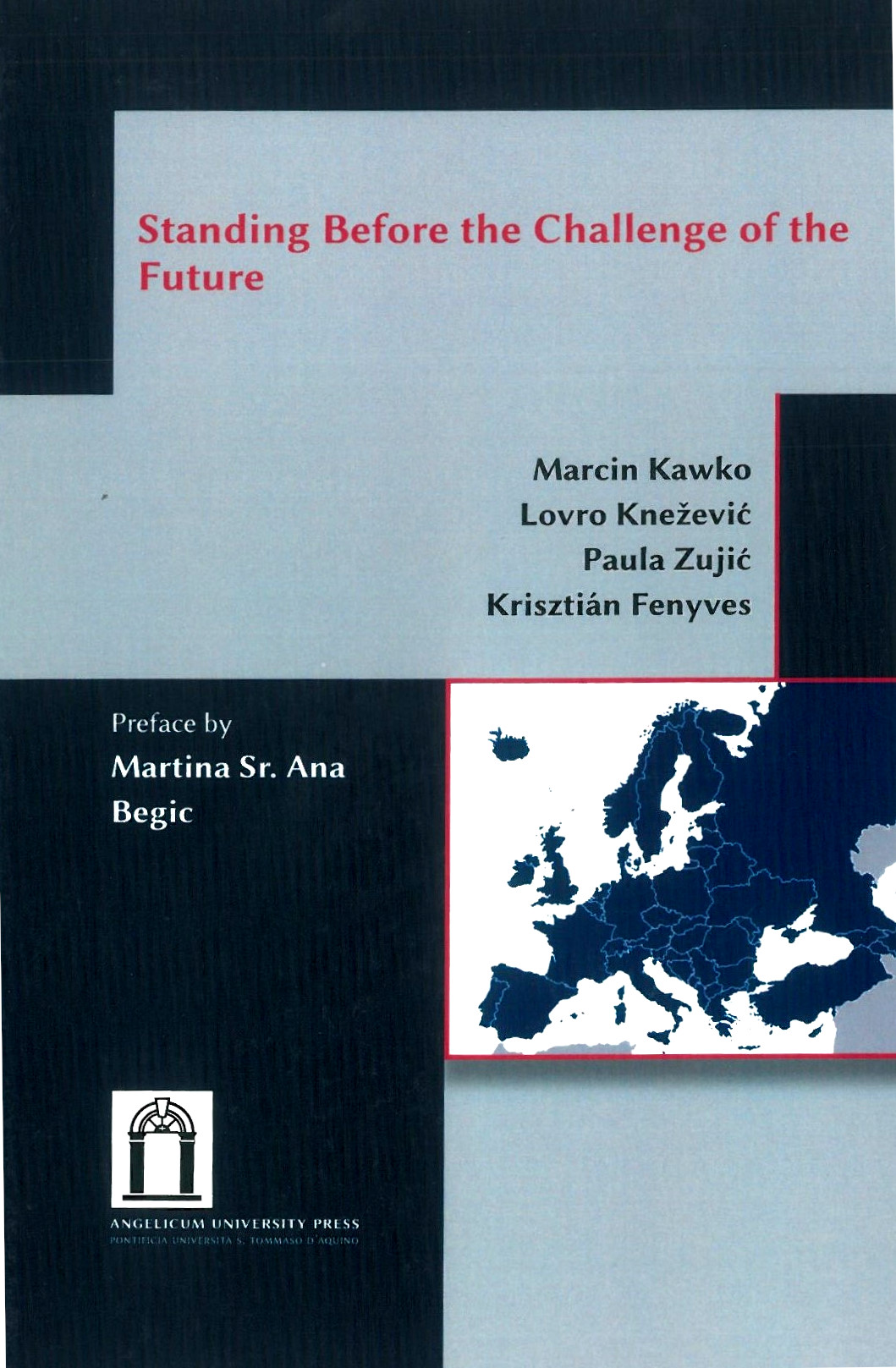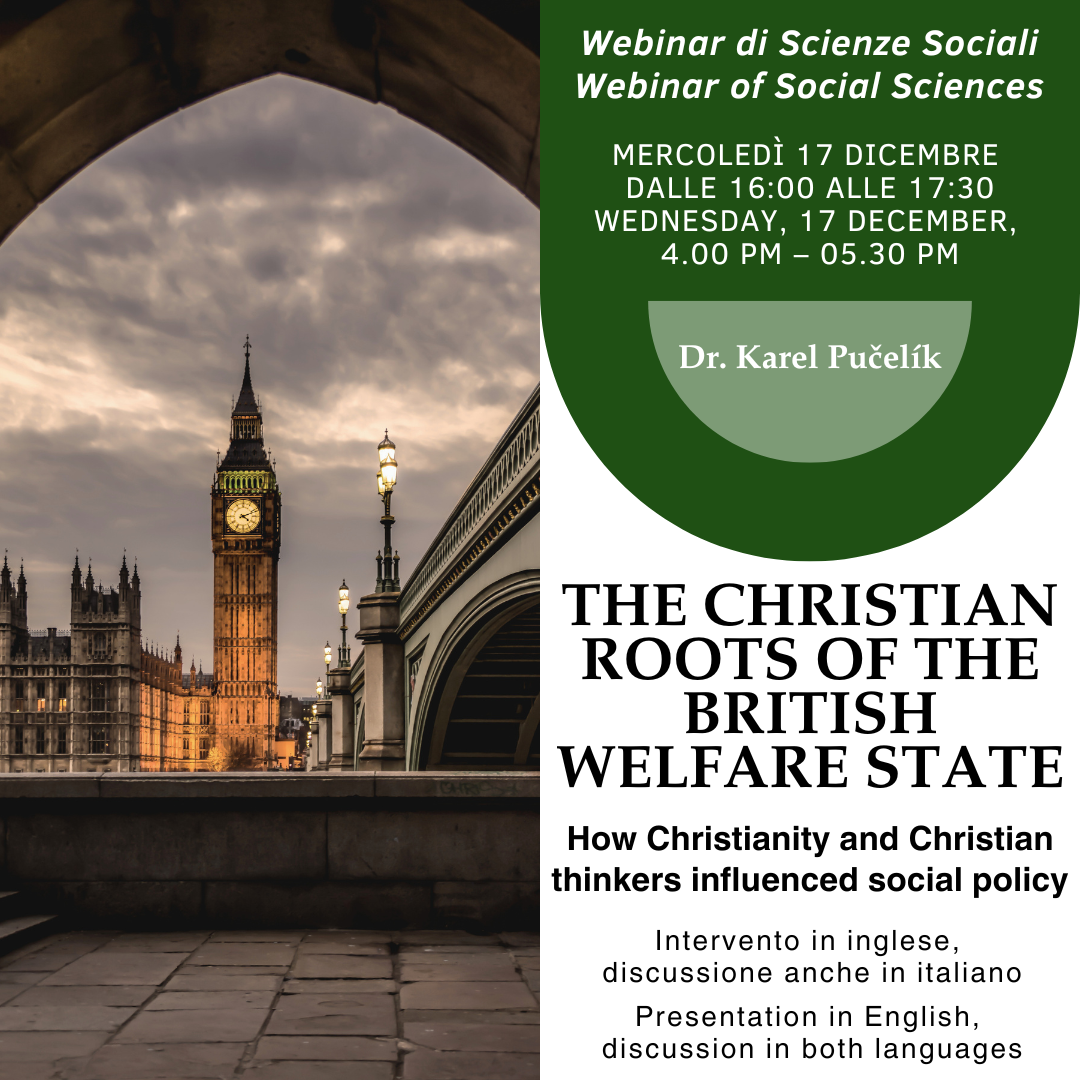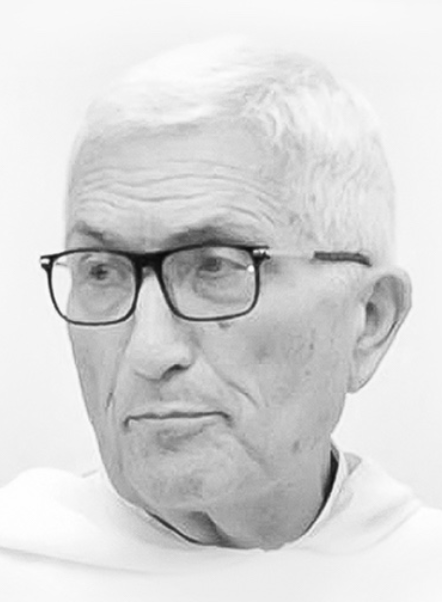
![]() The recent events which have occurred in the US during the year 2020 have shown the faults in public institutions in coping with an unprecedented crisis, mainly caused by the spread of the coronavirus and the riots following the killing of a black man, George Floyd, by the police. The debate has further increased the partisan political division already heavily polarized between Republicans and Democrats. The opponents of the Trump administration point out the responsibilities of his administration for having ignored and deceived the American people by grossly underestimating the danger of the virus, whereas the president’s supporters claim the opportunistic stand taken by the Democratic party in politicizing these unfortunate events to their electoral advantage. But other commentators, looking beyond the petty political disputes, are raising more serious questions about whether the present crisis is a significant sign of American decadence. Is the American superpower really coming to an end? Numerous books and articles have appeared that are leaning towards this hypothesis, even though they offer different explanations as causes for such decline.1 It appears that the traditional optimism of the American spirit, sustained by the conviction of its own praised exceptionalism, has been replaced by a discouraging pessimism. This article intends to reflect on this dilemma: are the recent health and social disruptions isolated problems that will disappear in the short term, or are they a sign of more systemic structural deficiencies in American society and institutions, in need of more than superficial reform?
The recent events which have occurred in the US during the year 2020 have shown the faults in public institutions in coping with an unprecedented crisis, mainly caused by the spread of the coronavirus and the riots following the killing of a black man, George Floyd, by the police. The debate has further increased the partisan political division already heavily polarized between Republicans and Democrats. The opponents of the Trump administration point out the responsibilities of his administration for having ignored and deceived the American people by grossly underestimating the danger of the virus, whereas the president’s supporters claim the opportunistic stand taken by the Democratic party in politicizing these unfortunate events to their electoral advantage. But other commentators, looking beyond the petty political disputes, are raising more serious questions about whether the present crisis is a significant sign of American decadence. Is the American superpower really coming to an end? Numerous books and articles have appeared that are leaning towards this hypothesis, even though they offer different explanations as causes for such decline.1 It appears that the traditional optimism of the American spirit, sustained by the conviction of its own praised exceptionalism, has been replaced by a discouraging pessimism. This article intends to reflect on this dilemma: are the recent health and social disruptions isolated problems that will disappear in the short term, or are they a sign of more systemic structural deficiencies in American society and institutions, in need of more than superficial reform?
Recent Events
Covid-19 has notoriously exploded around the world. Rarely, in recent times, has a health crisis become so global and expanded so rapidly. Starting in the province of Wuhan, China, the virus severely hit a number of countries before it reached the United States, mainly in Europe. First Italy, then Spain, England, and others, but once it arrived on the American shore, the US has seen the most dramatic increase of infection, greater than in any other country in the rest of the world. After months of fighting the spread of the virus, the US lags behind many more virtuous countries that have, more or less successfully, reduced the pandemic. At the moment of reviewing this article, mid-December 2020, seventeen million Americans have been reported as infected by the virus, and the number of deaths has reached 300,000, a number considered extreme at the beginning of the pandemic. Between one fifth and one quarter of the burden of the global pandemic has hit the country, while the US represents less than 5% of the world population.2 Another blow has been a temporary decision of the European Community to exclude Americans from visiting most European countries, while allowing entry to many other countries, including Rwanda.3 As expected, the media has not missed the opportunity to emphasize the humiliation of such an exclusion of the US, attributing the responsibility for this to a lack of political leadership and seeing it as a sign of American decadence.
The second event that has humiliated America has been the riots following the killing of George Floyd, an unarmed African American man in the process of being arraigned by the police. The protests have exacerbated existing divisions within the American political spectrum and the entire society. Again, the opponents of the Trump administration have accused the president of having further divided the country, exacerbating racial discrimination, while Trump supporters have accused the radical left of a violent reaction to the incident and claiming the absolute need for the reestablishment of law and order. What these opposite reactions have in common is their short-sighted vision of the problem, without considering that they may be just the symptom of a long term crisis that was already present in America well before the Trump administration.
Coronavirus and the health system
The present crisis within American society seems to have much deeper roots than those indicated by the political partisans. For far too long serious problems have been neglected in the belief that America has been, and remains, a land of opportunity and bounty, always ready and capable of facing and resolving old and new challenges encountered throughout its history. But what are the social issues that America has allegedly ignored or not sufficiently solved that may have caused the present crisis? Let us start with the spread of the coronavirus. This pandemic has revealed, among other things, the weakness of the American health system. The paradox is that, as is well known, the US has among the best set of resources in terms of knowledge and equipment in regard to healthcare in the world. Suffice it to say that the United States spends far more than any other advanced industrialized country on healthcare as a portion of GDP: 16.9% at the end of 2019, as compared with the 8.87% average among OECD countries.4 Yet almost 30 million Americans are still without coverage, while many others have limited coverage.5 The much-debated reform of the Obama administration has indeed expanded coverage but not sufficiently. Many obtained coverage, but only with a lot of conditions, such high co-payments and deductibles (i.e. the amount of money that the insured must pay before an insurance company will pay a claim), while several new additional free services added by the insurance companies are merely marginal (such as the annual home visits, without providing medical and referral services). A large proportion of Americans, roughly 75m out of a population of 330m at the end of 2019, and including those under the poverty line, are covered by a national program called Medicaid, but it is often not accepted by private medical facilities.6 It is easy to understand why those who are not covered, or only partially covered, and those who are in the Medicaid program, do not receive the appropriate preventative care that would avoid many health issues in the presence of a complication such as the present coronavirus explosion. On the contrary, there are other countries which have been pointed out as examples of excellent cases able to contain and reduce the spread of coronavirus to virtually zero, such as Taiwan, which spends only 6.4% of its GDP on healthcare, while the population is virtually totally covered with minimum out of pocket expenses.7 How is that possible? The successful cases of some countries, such as the aforementioned Taiwan, are not the result of improvisation or only a quick political response, but depend on well-established egalitarian systems that have been in place for decades. I quote the case of Taiwan because I have a positive direct personal experience with such a system. But what counts here are the numbers. The causes of America’s incapacity to contain the virus in an acceptable way are longstanding. In this area, American exceptionalism plays a negative role for the country. A great proportion of the financial resources within the healthcare system is diverted to pharmaceutical and insurance companies which are able to manipulate the health system to their own advantage, to the detriment of patients and medical providers. The Obama reform left healthcare substantially in the hands of the insurance and pharmaceutical companies, and thus missed an historic opportunity to really reform the complicated American healthcare system. It is still in need of substantial improvement.
The Police and the Criminal Justice System
 An analogous argument can be developed concerning police brutality, particularly against the Black population. We know that the race problem has a long history in the United States, especially due to the institution of slavery which was introduced even before the birth of the American nation. This social problem caused a civil war in the country which caused more American casualties than all the wars of its historical existence combined together, including the two World Wars of the XX century! Slavery has been legally abolished, but racism continues to exist in different forms, especially in some strata of the population and institutions, such the police, as recent facts seem to have demonstrated. The explosion of protests against racism, which, by the way, have not only involved Black people, reveals that the problem has been ignored for too long. It is inconceivable that one could be killed while in the custody of police just on suspicion of having used a fake $20 bill, or for selling a couple of contraband cigarettes. But this is what has really happened, and these are not isolated incidents, as many other videos show. The relatively recent availability and use of the video cameras on cellular phones has helped to reveal a pattern of police violence, particularly against Black men, that has been ignored for too long, raising a disturbing question: when the video cameras were not yet available, how many similar abuses were perpetuated? This may explain the rage against the police on the part of Black people. At the same time, the problem is not just with the police, and putting all the blame on them would be unfair and misleading. The police are part of a criminal justice system that has demonstrated serious flaws in recent decades, aggravated by the persistence of cultural biases against minority groups, especially towards Black and Colored young men. Consider that in many places where minorities have become the majority, as in numerous neighborhoods of large cities such as the South Bronx where I have been living for the last 30 years, many Black and Hispanic police officers have been recruited but the racial problem has not gone away. I have heard more than once, from my African American colleagues, that before being Black, Hispanic or a woman, a police officer is and acts as a police officer, no matter what his/her ethnicity, race or gender. On a larger scale, we can also observe that eight years of an Afro-American presidency with Barack Obama did not really improve racial tensions. This may confirm that the problem goes beyond the police and a single politician and has to do with the entire system.
An analogous argument can be developed concerning police brutality, particularly against the Black population. We know that the race problem has a long history in the United States, especially due to the institution of slavery which was introduced even before the birth of the American nation. This social problem caused a civil war in the country which caused more American casualties than all the wars of its historical existence combined together, including the two World Wars of the XX century! Slavery has been legally abolished, but racism continues to exist in different forms, especially in some strata of the population and institutions, such the police, as recent facts seem to have demonstrated. The explosion of protests against racism, which, by the way, have not only involved Black people, reveals that the problem has been ignored for too long. It is inconceivable that one could be killed while in the custody of police just on suspicion of having used a fake $20 bill, or for selling a couple of contraband cigarettes. But this is what has really happened, and these are not isolated incidents, as many other videos show. The relatively recent availability and use of the video cameras on cellular phones has helped to reveal a pattern of police violence, particularly against Black men, that has been ignored for too long, raising a disturbing question: when the video cameras were not yet available, how many similar abuses were perpetuated? This may explain the rage against the police on the part of Black people. At the same time, the problem is not just with the police, and putting all the blame on them would be unfair and misleading. The police are part of a criminal justice system that has demonstrated serious flaws in recent decades, aggravated by the persistence of cultural biases against minority groups, especially towards Black and Colored young men. Consider that in many places where minorities have become the majority, as in numerous neighborhoods of large cities such as the South Bronx where I have been living for the last 30 years, many Black and Hispanic police officers have been recruited but the racial problem has not gone away. I have heard more than once, from my African American colleagues, that before being Black, Hispanic or a woman, a police officer is and acts as a police officer, no matter what his/her ethnicity, race or gender. On a larger scale, we can also observe that eight years of an Afro-American presidency with Barack Obama did not really improve racial tensions. This may confirm that the problem goes beyond the police and a single politician and has to do with the entire system.
What is wrong with the criminal judicial system in particular? Here we have another case of American exceptionalism turning self-destructive. To cut a long story short, just consider the following data: «In 1972 fewer than 350,000 people were being held in prisons and jails nationwide»,8 a number that was in line with the main industrialized countries around the world. Today, instead, there are more than two million people incarcerated in the United States, roughly a quarter of the total incarcerated population of the entire world, even though, as we already said, the US accounts for less than 5% of the world population. In other words, the US has the largest incarcerated population of the world, both in absolute and relative terms, «even surpassing those repressive regimes like Russia, China, and Iran».9 The US incarceration rate to-day is «six to ten times greater than that of other industrialized nations».10 And these figures do not take into account the additional 5 million adults on parole and on probation (that is, alternative forms of punishment to imprisonment).11 In total, the US has more than 7 million people under criminal surveillance at any given time. It is a staggering figure, made even more dramatic if we note that every year more than 10 million American residents are arrested, even if for most of them it only lasts a few hours or days, for alleged misdemeanor offenses or even less.12 Considering that one third of them get re-incarcerated in the same year and that 75% of them are re-incarcerated in the following 5 years, we see that at least a couple of million new offenders enter jail every year. If you multiply that figure by the average length of an adult’s life in the US, roughly 60 years, it is no surprise that a significant proportion of the present population of 330 million will end up, in the course of their adult life, at some point or other either under arrest, or in prison, or serving time under judiciary supervision, or all of them. How many? We do not know precisely but we do know that «roughly 65 million people have (already) got criminal records»,13 a number that is destined to increase substantially, given present trends. In saying all this, I do not want to transmit the impression that everything is wrong in America. On the contrary, there are many positive aspects and many good people, even among the police department, where many good initiatives take place in the very same police precincts where there have been riots, such as youth sport programs and monthly meetings on public affairs where the public can openly express their concerns. Nevertheless, the figures previously cited help to explain the resentment that many people have against the police, especially among minorities and, in particular, among Black Americans. Consider that it is with the police that an arrested person has their first encounter with the judicial system. People tend to attribute the blame for the repressive state of things to the police. But the police have to follow laws and regulations: they are mandated to arrest and to handcuff a suspected person even for minor infractions and for even less than that, including sitting on the steps of a house or sleeping in a car or because idling in a public place. In other words, the police are also partially victims of the system. I have personally seen policemen being friendly with young people and even playing baseball with them, but often they have to be tough on these same young people, no matter what their personal attitude may be. Putting all the blame on the police is not going to solve the problem if the criminal justice system itself is not going to be changed. But this is not a simple thing to do, as the system is extremely complex. Just consider that the rules vary from county to county. There are more than 3000 counties in the US. In the very city of New York, there are 5 City County Courts, each with its own procedures and regulations. «Fighting street crime has traditionally been the responsibility of the State and local law enforcement»,14 which makes it more difficult to coordinate the efforts towards possible reform. Then, of course, there are the federal courts and federal agencies such the FBI, with their own jurisdiction and authority over the entire country. Another related aspect is the number of laws which may be at the basis of litigation. At the federal level alone, the United States has about 5000 federal criminal laws and between 10,000-50,000 regulations that can be criminally enforced. In 2003 there were only 4,000 offences that simply carried criminal penalties. By 2013, that number had grown by 21 percent to 4,850. The code has become so large that the Congressional Research Service and the American Bar do not have enough staff to categorize every law on the books adequately. As reported in The Wall Street Journal, Ronald Gainer, a retired Justice Department official, when asked how many criminal laws exist in the US, said: «You will have died and resurrected three times and still be trying to figure out the answer».15 But even this is only a fraction of the local criminal laws enacted throughout all the 50 States plus the American overseas territories. There are about 20,000 laws just governing the use and ownership of guns. No one really knows how many laws there are in the United States, given their intricate relation. It is clear that the more laws and regulations enacted at federal, state, and local levels, the greater is the probability of incriminating potential offenders, at the discretion of the police and prosecutors. It is very likely that: «If you reside in America and it is dinnertime, you have almost certainly broken three federal criminal laws every day», as stated by an expert criminologist.16 Criminal laws have become dangerously disconnected from the English common law tradition, and prosecutors can find arguable crimes committed by any American resident, for even the most seemingly innocuous behavior.
can be criminally enforced. In 2003 there were only 4,000 offences that simply carried criminal penalties. By 2013, that number had grown by 21 percent to 4,850. The code has become so large that the Congressional Research Service and the American Bar do not have enough staff to categorize every law on the books adequately. As reported in The Wall Street Journal, Ronald Gainer, a retired Justice Department official, when asked how many criminal laws exist in the US, said: «You will have died and resurrected three times and still be trying to figure out the answer».15 But even this is only a fraction of the local criminal laws enacted throughout all the 50 States plus the American overseas territories. There are about 20,000 laws just governing the use and ownership of guns. No one really knows how many laws there are in the United States, given their intricate relation. It is clear that the more laws and regulations enacted at federal, state, and local levels, the greater is the probability of incriminating potential offenders, at the discretion of the police and prosecutors. It is very likely that: «If you reside in America and it is dinnertime, you have almost certainly broken three federal criminal laws every day», as stated by an expert criminologist.16 Criminal laws have become dangerously disconnected from the English common law tradition, and prosecutors can find arguable crimes committed by any American resident, for even the most seemingly innocuous behavior.
With these figures it is no wonder that the United States has the highest costing criminal justice system in the world. Just to cover the basic expenses related to 2.4 m inmates means $80 billion, increasing to $280 billion if collateral costs are included, and these estimates are not the worst.17 The fact is that nobody knows the precise amount. According to the Institute of Legal Reform (ILR), the costs of the US legal system are more than 150 percent above the Eurozone average, and over 50 percent more than those of the United Kingdom. «America is known as the land of the free, but it is also the land of unnecessary lawsuits,» as Lisa A. Rickard, president of the ILR, has said. «As the U.S. experience has shown, excessive litigation creates enormous costs for businesses, workers, consumers, and the overall economy».18 If you consider the problems with healthcare along with those of the criminal justice system, you may have an idea of what kind of negative exceptionalism America has to face in order to imagine a possible effective reform. Defunding the police is not going to solve the problems.
Final considerations
How is it that American democracy has arrived at such a complicated situation? What is different compared to the 1960s, say, when things appeared to be under control and the first American man put his feet on the moon, symbolizing American success? To respond to this question we have to consider the former strength of traditional American society. Americans, in spite of their great diversity, had in common some values and principles, notably the Judeo-Christian tradition that kept the people and institutions strong, capable of facing the many challenges that have occurred during their history with energy and creativity. The founding fathers wisely founded a nation based on a double sovereignty, on the state and the federal levels, which worked pretty well while the traditional Judeo-Christian values - notably the accepted trilogy of God, family and country - were amply shared, even though not fully, as the case of African Americans shows. Nevertheless, many African Americans themselves shared those values, at least partially, as evidenced by their Christian religious practice, the unity of the family until that time, and even their past participation in American wars. But the cultural revolution of the ‘60s, the progressive shrinking of the middle class, stagnant wages, increasing numbers of poor neighborhoods, growing family debt, crack epidemics, and especially the disintegration of the family has destroyed the natural glue of American society.19 The legitimate requests of the civil rights movements of Rev. Martin Luther King have been extended to other dubious pseudo-rights movements related to gender, new forms of family structure and abortion. The loss of traditional values has not been substituted with other, equivalent shared values, but has left a society of divided individuals. Behavioral patterns are now mostly dictated by consumerism, individualism and self-reference. But these features, by their own nature, are divisive; they do not lead to unity but rather to selfishness and indifference to one another. Today’s political partisanship, never as divisive in the past, has done the rest. Any serious attempt to reform the negative current social trends has to take into account these cultural changes. Laws, provided they are just, are not sufficient to redress social conditions, as the endurance of racism despite the legal abolition of segregation shows. If moral codes have disappeared, the only thing which remains to keep society together is the strict observance of the law, which requires control, supervision, police, courts and additional costs. But in the absence of morality, laws lead to new forms of repression, new types of corruption, fewer liberties. It is a vicious circle: less morality requires more laws and regulations, while more laws and regulations reduce liberty. The old principle: liberty under the law, has been shaken.
Of course, these final considerations are applicable not only to America but to all European Western civilization, which appears to be in clear decadence, mainly for having abandoned its Judeo-Christian traditions without providing a valid substitute.20 A clear sign of this decadence is the dramatic decrease in the birthrate to below-replacement levels, which is now also the case in America, until recently, considered an exception. America has been the modern beacon of Western civilization. Its exceptionalism has been the sign of its strength and ability to react and to face new challenges. The challenges of today, however, appear aggravated by a divisive society. Will America be able to react and to face the present crisis as an occasion to change for the better? It is not just a matter of leadership, even though that is an essential condition of success as history shows. Americans also need to build a culture capable of re-unifying the people around the basic principles of life and liberty, as declared in the preamble of the Declaration of American Independence, and later incorporated into the Bill of Rights of the 1st Amendment of the Constitution that reads: «We hold these truths to be self-evident, that all men are created equal, that they are endowed by their Creator with certain unalienable Rights, that among these are life, liberty and the pursuit of happiness».21
Lorenzo Gallo
NOTE
1 See: Douthat, Ross, The Decadent Society: how we became the victim of our own success, New York: Simon & Shuster, 2020; Mc Togue, Tom, The Decline of the American World, «The Atlantic», June 24, 2020.
2 Cases in the US, CDC’s Covid-19, accessed July 10, 2020.
3 Henderson, Clint, EU confirms American banned, assessed June 30, 2020.
4 Tikkanen R. and Abrams M., US health Care from Global Perspective, «The Commonwealth Fund», accessed January 30, 2020.
5 Gunja M. and Collins S., Who are the remaining uninsured, «The Commonwealth Fund», accessed August 21, 2019.
6 Mikulic, Matej, Total Medicaid Enrollment, «Statista», accessed April 28, 2020.
7 Cheng, Tsung-Mei, Health Statistics Taiwan, «OECD Health Statistics», accessed February 6, 2019.
8 Alexander, Michelle, 2012, The New Jim Crow, «The New Press», New York, NY, 8
9 Ibidem, 6.
10 Ibidem, 8.
11 Ibidem, 60, 94.
12 Cf. Sawyer W. and Wagner P., Mass incarceration, The Whole Pie, «Prison Policy», accessed March 24, 2020, www.prisonpolicy.org.
13 Alexander, op. cit., 147.
14 Ibidem, 49.
15 Fields. G. and Emshwiller, J., Many Failed Efforts to Count Nation’s Federal Criminal Laws, «The Wall Street Journal», July 11, 2011.
16 Silverglate, Harvey, Three Felonies a Day, New York: Encounter Books, 2011.
17 Sawyer, op. cit.
18 US Institute of Legal Reform, US legal system the World’s most expensive, accessed March 14, 2012.
19 Chaput, Charles, Strangers in a strange land, New York: Henry Holt Co, New York, 2017.
20 Sarah, Cardinal Robert, The Day is Now Far Spent, San Francisco: Ignatius Press, 2019 (Original title: Le Soir approche et deja’ le juour baisse, Paris, 2019).
21 Declaration of Independence of United States, Preamble, Philadelphia, 1776.
 IT
IT  EN
EN 
